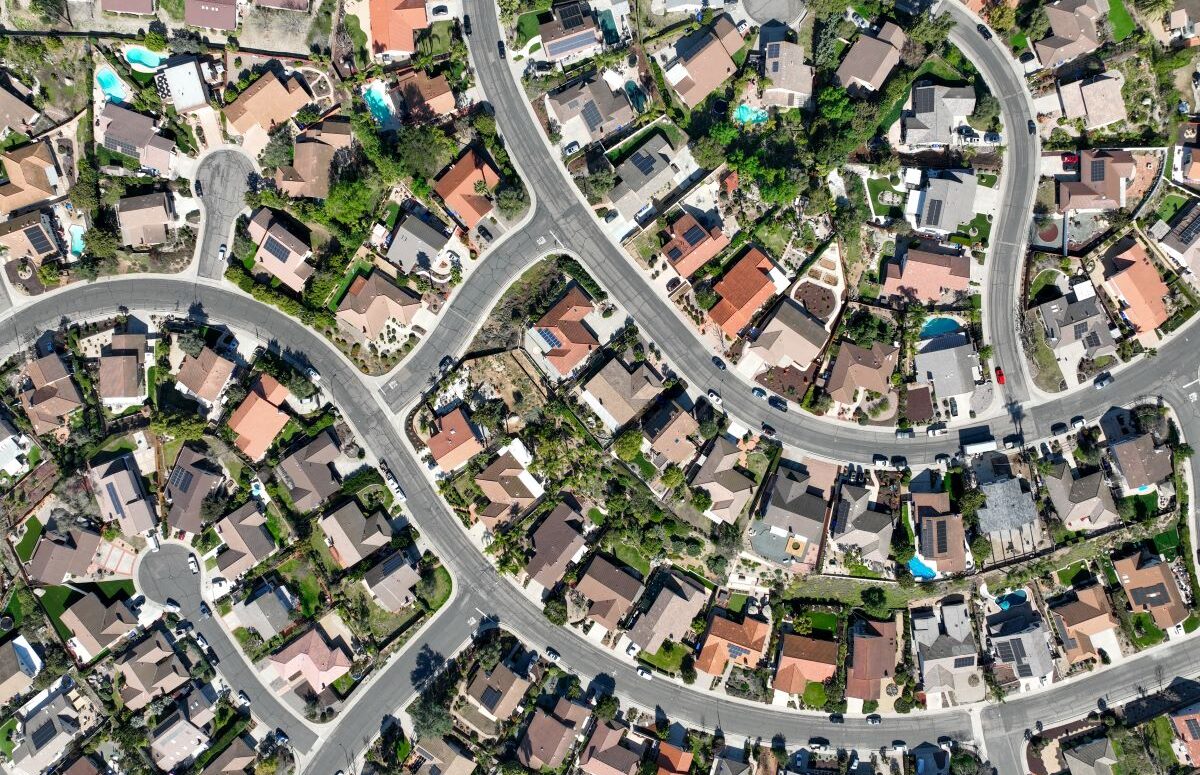The Department of Housing and Urban Development (HUD) published supplemental guidance for the Rental Assistance Demonstration (RAD) on July 27 that will support senior housing communities undergoing preservation transactions. LeadingAge worked with both HUD and Congress to make the additional funding and relief provisions available to senior housing providers.
Specifically, the Notice makes the implements the following changes:
- Makes available funds provided through the Fiscal Year (FY) 2022 and FY 2023 Appropriation Acts to provide contract rent increases that will support greater financing to enhance climate resilience, energy and water efficiency, and housing design that will allow the elderly to age-in-place.
- Implements waiver authority to ensure the continuation of resident services previously provided at Section 202 PRAC properties converting through RAD and to avoid reductions in rental subsidy.
While more LeadingAge-advocated changes are needed to continue improving the RAD for PRAC conversion program, the changes published by HUD on July 27 will help make senior housing preservation more financially feasible and keep affordable housing units available for older adults with low incomes.
Additional Funding for RAD for PRAC Properties
The RAD Supplemental Notice makes $12 million in additional funding available for Section 202 PRAC properties converting through RAD. Specifically, for properties that improve housing communities by undergoing new construction or rehabilitation with debt financing as part of the conversion process through RAD, HUD will augment the pre-conversion PRAC rents.
The augmented rent amount will be up to $250 or up to $100 per unit per month. The amount threshold is determined by the scope and cost of the improvements made to the property, relative to Housing Construction Costs as published by HUD for a given market area, and are subject to demonstrated need.
The amounts are available to properties that are designed to support older adults as they age in community, as well as properties that enhance climate resilience and energy/water efficiency. LeadingAge expects between 4,000 and 5,700 units to be served by this initial $12 million allocation; moving forward, LeadingAge expects between 2,000 and 3,000 units to be served each year if an annual Congressional appropriations of $6 million continues and the thresholds set by HUD remain at the same levels.
LeadingAge had advocated with Congress for $10 million each year in additional funding to be included in HUD’s fiscal year 2022 and 2023 budgets and has eagerly awaited the release of funds. In the coming months, LeadingAge will work to gather member feedback on HUD’s implementation and threshold levels, and will advocate for changes that may be necessary to ensure the financial viability of Section 202 PRAC properties converting under RAD.
Adjustments to the Rent-Setting Process for RAD-Converted PRACs
The guidance also adjusts restrictions on initial rent-setting for converted properties to allow for better financial feasibility for certain properties undergoing preservation transactions through RAD.
Currently, initial rent-setting for the post-conversion PRAC is set at the lesser of either 120% of Fair Market Rent (FMR) or the approved (pre-conversion) PRAC rents. That means that if a property wants to convert under RAD but their PRAC rents are over 120% of FMR, they would take a rent reduction down to 120% of FMR to complete conversion.
In their July 27 guidance, HUD allows properties with rents higher than 120% to maintain those rents. Specifically, properties that convert under RAD and have PRAC rents above 120% will not have their rent levels bumped down to 120% of FMR. However, properties that have rents lower than 120% of FMR, and utilize the supplemental funding made available by HUD to increase their rents, will not be able to achieve rents higher than 120% of FMR.
According to HUD, the guidance allowing PRACs to maintain post-conversion rents at above 120% will help make RAD an attractive and feasible preservation mechanism for more of the PRAC portfolio. HUD estimates that 10% of the Section 202 PRAC portfolio has rent levels above 120% of FMR.
The notice also makes a number of changes to RAD for public housing. According to HUD, the changes will make RAD a more robust and effective tool to transform the affordable housing stock and protect residents and communities.
LeadingAge will continue working with housing provider members and HUD to ensure access to preservation options for senior housing properties with capital needs.
LeadingAge Advocacy
In addition to working with Congress to secure additional funding to augment rents for RAD-converting properties, in November 2022 LeadingAge submitted feedback to HUD requesting rent-setting and other changes to improve the preservation program for senior housing communities and to quickly make additional funding available.
Specifically, LeadingAge urged HUD to set an initial rent “floor” of no less than 100% of FMR for PRACs converting through RAD (or 110% of FMR if the property commits to certain energy efficiency enhancements). LeadingAge is also exploring opportunities to help converted properties gain access to ongoing rent-adjustment mechanisms, such as Rent Comparability Studies at regular intervals.
LeadingAge will continue our advocacy to improve the preservation process.
HUD Webinar and Feedback Process
To review the changes with stakeholders, HUD is hosting a webinar on August 9 at 1p.m. ET. Register here.
HUD has told LeadingAge that they will monitor the effectiveness of their July 27 guidance and incorporate feedback. Please send feedback to Juliana (jbilowich@leadingage.org) and stay tuned for LeadingAge member calls to discuss effective RAD for PRAC implementation.

 Shutdown Week Three: Impact of Ongoing Closure on Affordable Housing
Shutdown Week Three: Impact of Ongoing Closure on Affordable Housing CMS Debuts Models: ACCESS, ELEVATE and LEAD
CMS Debuts Models: ACCESS, ELEVATE and LEAD


